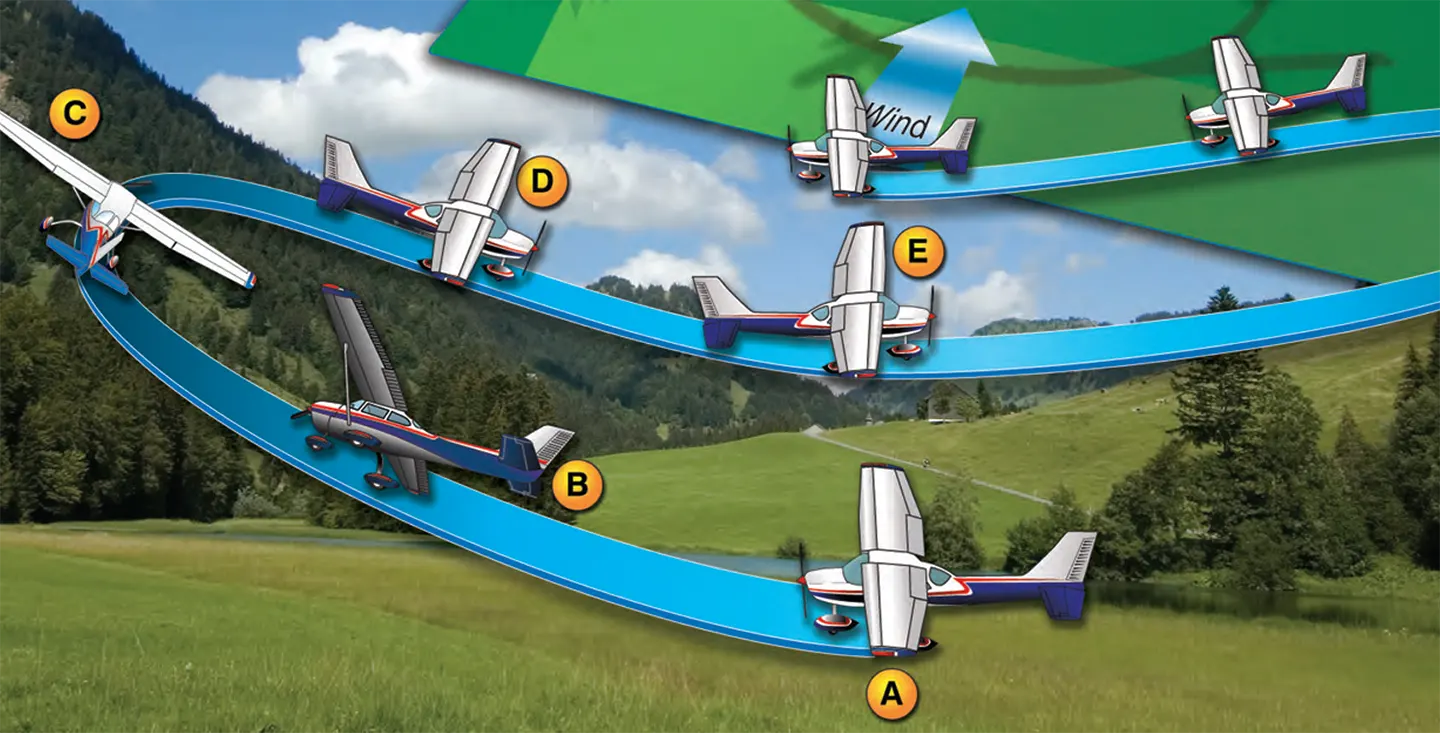
Basic flight maneuvers taught to pilots include: straight-and-level, turns, climbs, and descents. As training advances, other performance maneuvers serve to further develop piloting skills. Performance maneuvers enhance a pilot’s proficiency in flight control application, maneuver planning, situational awareness, and division of attention. To further that intent, performance maneuver design allows for the application of flight control pressures, attitudes, airspeeds, and orientations that constantly change throughout the maneuver.
Deficiencies during execution of performance maneuvers often occur when a pilot lacks an understanding of fundamental skills or never mastered them. Performance maneuver training should not take place until the pilot demonstrates consistent competency in the fundamentals. Further, initial training for performance maneuvers should always begin with a detailed ground lesson for each maneuver, so that the learner understands the technicalities prior to flight. In addition, performance maneuver training should use segmented building blocks of instruction so as to allow the pilot an appropriate level of repetition necessary to develop the required skills.
Performance maneuvers, once grasped by the pilot, are very satisfying and rewarding. As the pilot develops skills in executing performance maneuvers, they may likely see an increased smoothness in their flight control application and an increased ability to sense the airplane’s attitude and orientation without significant conscious effort.
